Document Type
Article
Publication Date
2018
Abstract
A significant majority of homeowners in the United States unwittingly have less insurance than necessary to rebuild their home in the event of a complete loss. This persistent, multibillion-dollar protection gap first emerged in the 1990s and has never resolved despite a desire by most homeowners to contract for full replacement coverage. While a great deal of academic and industry literature has addressed the issue of underinsurance, the work has been done without reference to two sources that unlock the conundrum. The first is the 1550+ page administrative rulemaking file of the California Department of Insurance collected in the wake of wildfires in 2007. The second is a deep understanding of the software insurers use to determine the adequacy of coverage limits when a homeowner purchases full replacement coverage.
In addition to these two sources, this Article documents the problem of underinsurance and its causes by synthesizing both prior scholarship and primary source documents, including SEC filings, patents, industry websites, and interviews with trade organization representatives. After establishing the existence of widespread underinsurance, this Article demonstrates how the law’s treatment of risk allocation in the wake of inadequate insurance coverage encourages inaccurate coverage limits by uncoupling the risk created by inaccurately calculated coverage limits from the responsibility for the consequences of error. This Article concludes with a proposed regulation that would recouple risk and responsibility while still providing the insurance industry and consumers with the freedom to contract for alternative coverage limits.
Recommended Citation
Kenneth S. Klein,
Minding the Protection Gap: Resolving Unintended, Pervasive, Profound Homeowner Underinsurance,
25
Conn. Ins. L. J.
34
(2018).
Available at:
https://scholarlycommons.law.cwsl.edu/fs/271

